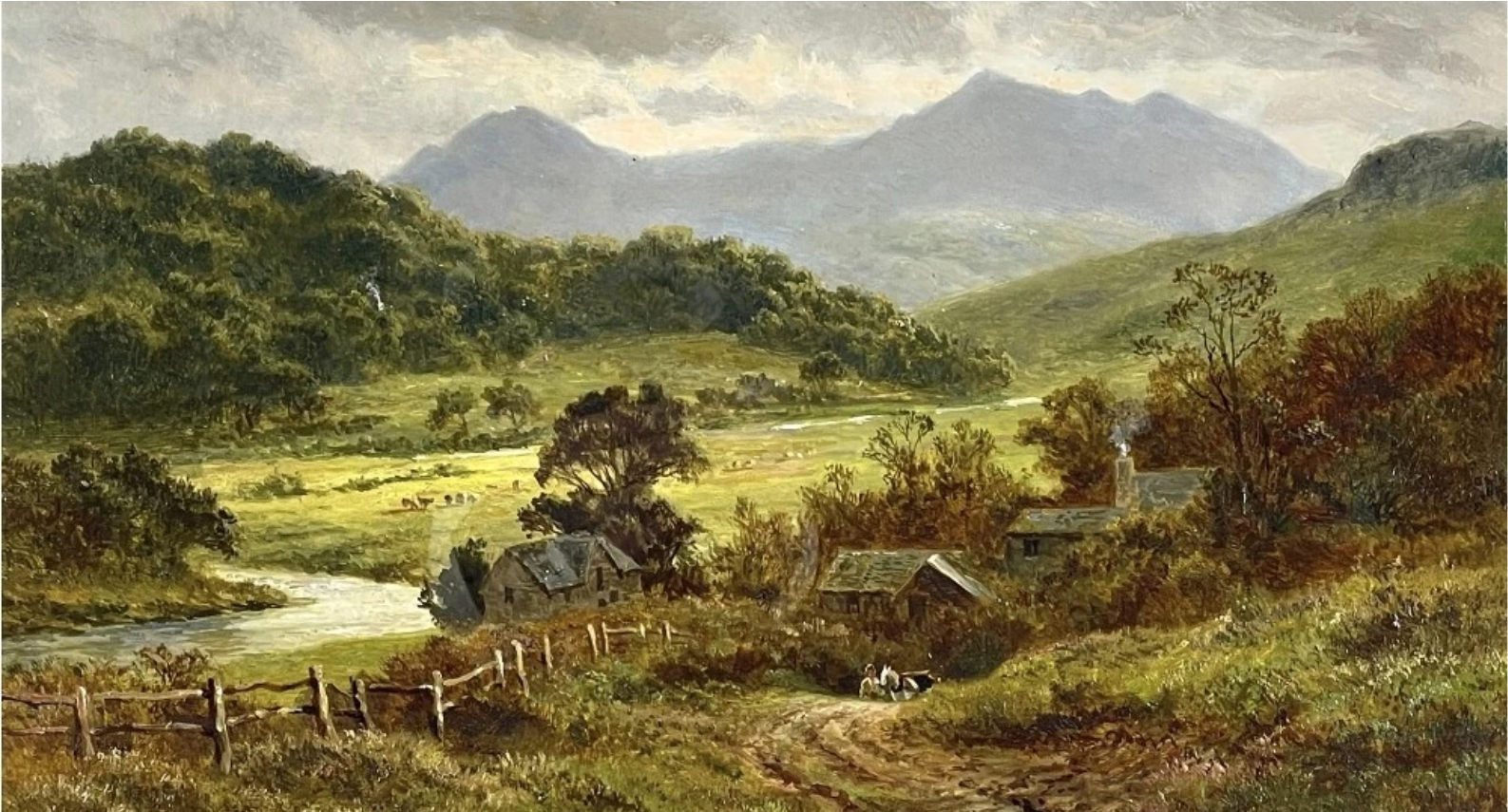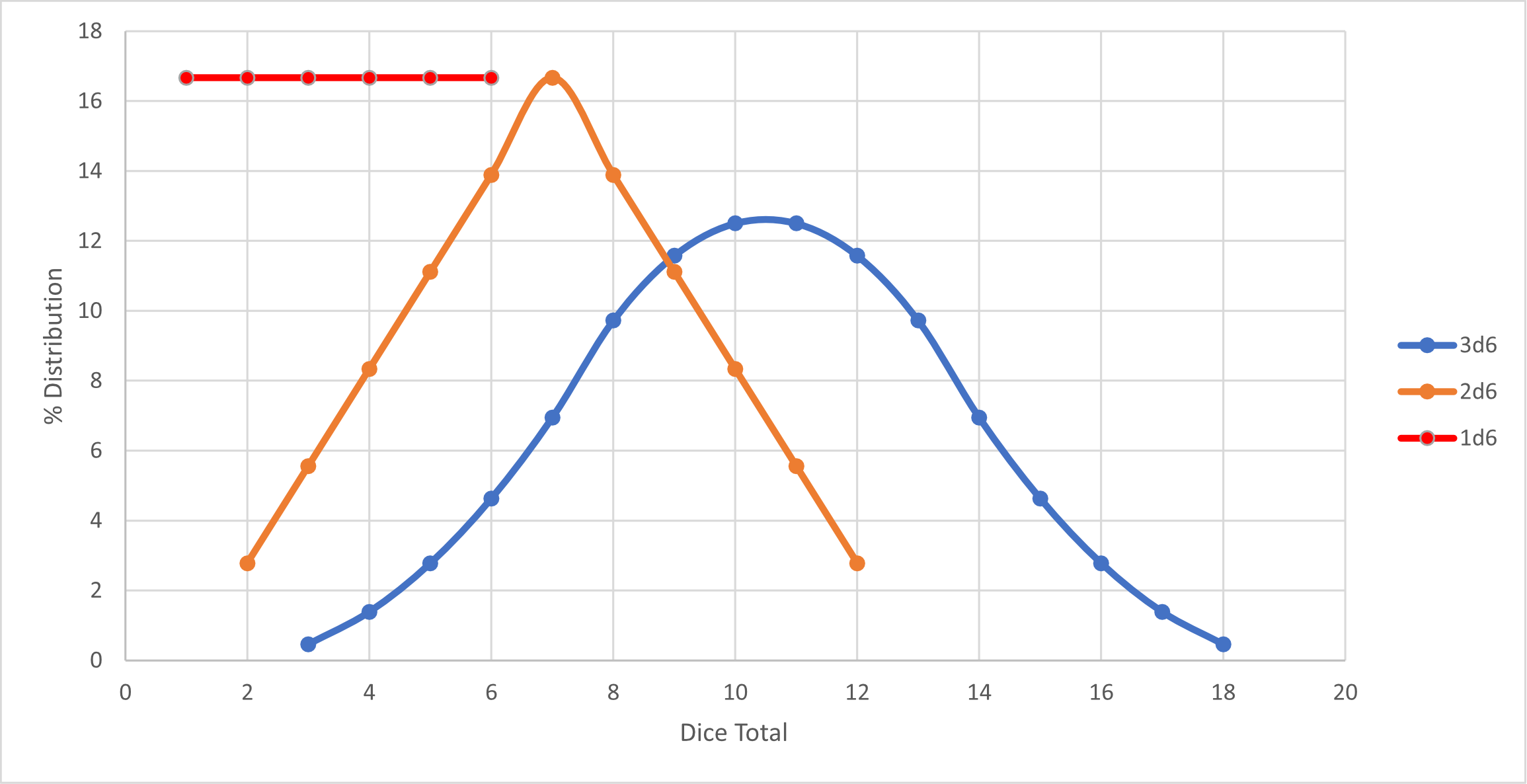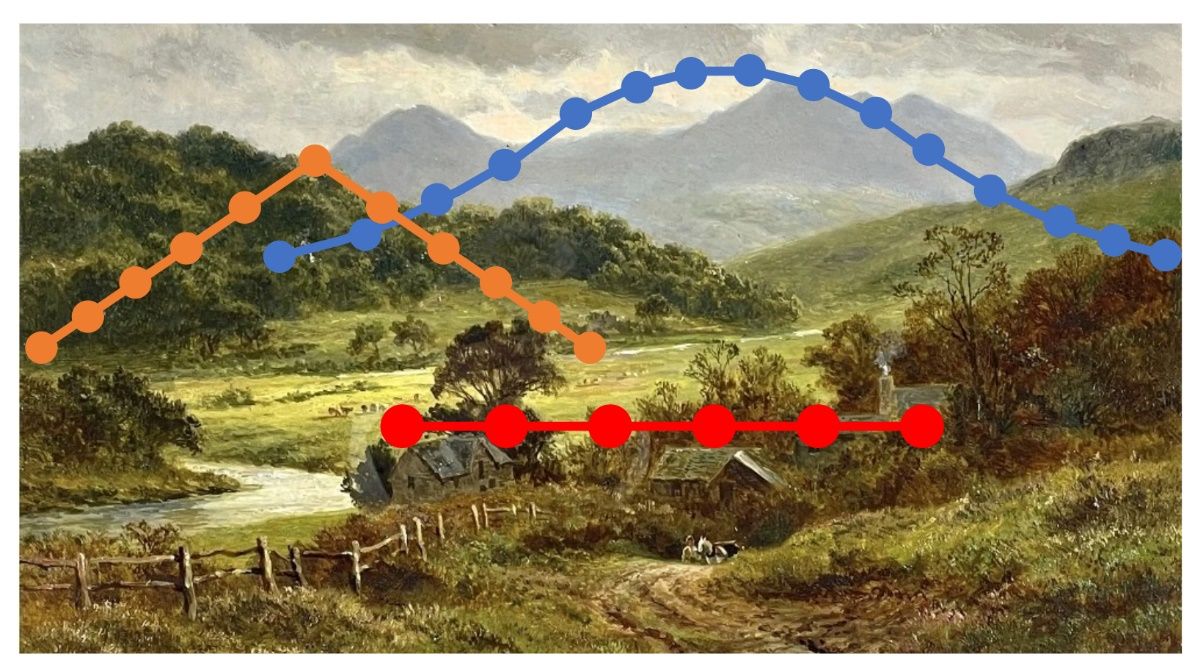
The Bell Curving Encounter Table
“You can tell you have reached civilization because you are standing on a street, and there is a beggar on it” — Archmage Hann, writing to a pupil whilst secure in his tenure
“Some describe the wilderness as a land with no law. I prefer to think of it as a place with fewer witnesses” — ‘Scarlet’ Findlayson, robber of the rich and occasional investor in smaller communities
“Not too much town, not too much mountains. Yeah, I like it here in the borderlands. You get all sorts — even had three bears move into the old cabin across the lake.” — Farmer Thrissell, interviewed during the search for a missing child.
For the purposes of this post, we’re going to talk about some very broad terms as a common shorthand for the areas your players might explore during a hexcrawl or other equivalent sandbox in need of an encounter table.
“Civilization” — There is a central authority (often oppressive) and a sedentary population producing sufficient excess to support non-subsistence occupations such as priest, merchant and landlord.
“Borderlands” — People work to gather natural resources (often traded with the nearest civilization) whilst living in smaller/less dense communities. These might be moved or rebuilt to respond to changing fortunes. There is also more space for wild creatures.
“Wilderness” — Very few permanent settlements due to a combination of unsuitable terrain, weather and other natural hazards. Vast spaces and limited knowledge of the inhabitants creates a vacuum for stories, myths and legends to arise in.
The goal here is to create a unified encounter table – one table that can be adapted to the changing geographic position of the party.
But first, a word about bell curves.
Bell Curves
Roll a single die, and you get an even distribution of results — each is just as likely as any other.
Roll two or more dice and total them gives you a bell curve distribution — some results are more likely than others. Furthermore the range of possible totals becomes larger. Let’s look at the classic example of 1d6, 2d6 and 3d6:

Lots of options to generate interesting results!
And those profiles remind me of something…

So, the genesis for a unified table:
Roll 1d6 when the party is close to civilization.
Roll 2d6 when the party is in the borderlands.
Roll 3d6 when the party ventures into the wilderness.
1d6 results will be evenly split, whereas the 2d6 and 3d6 table entries should reflect the relative likeliness/unlikeliness of results at the middle/ends of the spread.
Entries that “crossover” between the different distributions should reflect the fiction of why a creature might be in 2 or 3 different regions.
Example Table
A quintessential member of civilization (a noble, baffled and bewildered by a mundane task)
The backbone of civilization (a farmer, tired from driving sheep to market)
A product of civilization (giant rats, grown plump on an unguarded cornfield)
A beneficiary of civilization (a merchant, suspicious of armed adventurers)
A guardian of civilization (soldiers, asking for spurious fees and taxes to pass them)
An interloper from the borderlands (bandits, roaming for easy loot)
A beast wary of civilization (wolves, hunting isolated creatures)
A representative of the borderlands (foragers, using unusual traditions to avoid danger)
A borderlands scavenger (wyvern, hunting for carrion)
A roaming creature of the borderlands and wilderness (ogre, hungry)
A wilderness traveller (nomads, distinct from you with their mounts, weapons and culture)
A herald of the wilderness (harpies, luring with song into dangerous terrain)
A wilderness lurker (giant spider, waiting patiently in a web)
An exile from civilization (cultists, performing dark and forbidden rituals)
A wilderness predator (a chimera, feasting on a huge elk)
A wilderness legend (a giant, striding through the landscape with ease)
A sign of lost civilization (automaton, wandering with incomplete instruction)
A mythical creature of the wilderness (a dragon, searching for equally wondrous prey)
Further Experimentation
You could do one or more of the following:
Roll different dice sizes when the environment is ‘in flux’ (possibly due to player actions)
Create different tables for different regions
Create multiple entries, activities or motivations for the more likely results
Modify the reaction roll based on where a creature is from